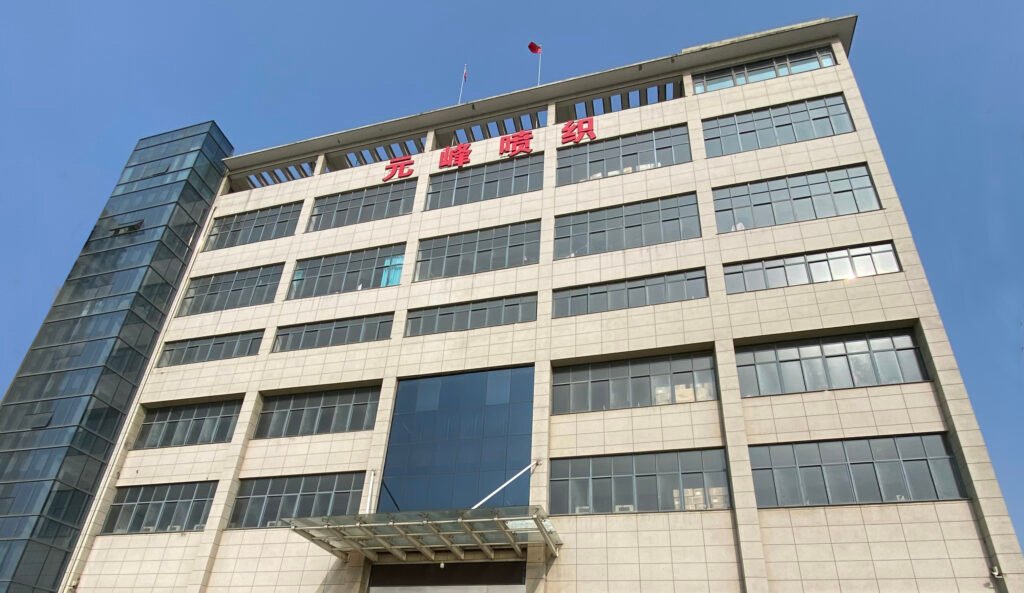Are you planning a new project that requires fabric? Choosing the right fabric is essential to ensure the success of your project. With so many options available, it can be overwhelming to make a decision. In this comprehensive guide, we will provide you with valuable insights on selecting fabric factories in China. By the end of this article, you’ll be equipped with the knowledge to make an informed choice that meets your project’s requirements.
1. Introduction: Importance of Choosing the Right Fabric
Selecting the right fabric is crucial for the success of any project. The fabric you choose not only affects the appearance and feel of the end product but also its durability and performance. Whether you’re working on a fashion line, upholstery, or any other fabric-based project, understanding the different fabric types and finding a reliable fabric factory is essential.
2. Understanding Different Fabric Types
Before diving into the process of selecting a fabric factory, let’s explore the various fabric types available in the market:
2.1 Natural Fabrics
Natural fabrics are derived from plant or animal sources. Some popular natural fabrics include cotton, silk, linen, and wool. Each fabric type has unique characteristics and is suitable for different applications.
2.2 Synthetic Fabrics
Synthetic fabrics are man-made and are created through chemical processes. Examples of synthetic fabrics include polyester, nylon, and spandex. These fabrics often offer enhanced durability, stretchability, and wrinkle resistance.
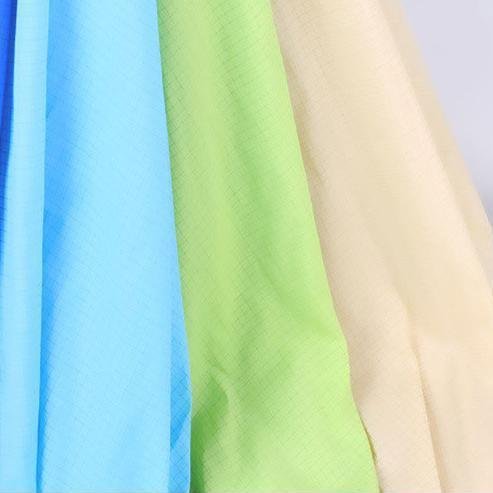
2.3 Blended Fabrics
Blended fabrics are a combination of natural and synthetic fibers. They are designed to incorporate the best qualities of both fabric types. Common blended fabrics include polyester-cotton blends and rayon blends.
3. Factors to Consider When Selecting a Fabric Factory in China
When choosing a fabric factory in China, there are several important factors to consider. These factors will help you assess the reliability, quality, and suitability of the factory for your project:
3.1 Quality Standards and Certifications
Ensure that the fabric factory follows strict quality standards and holds relevant certifications. Look for certifications such as ISO 9001, Oeko-Tex Standard 100, or other industry-specific certifications. This ensures that the fabrics produced meet international quality benchmarks.
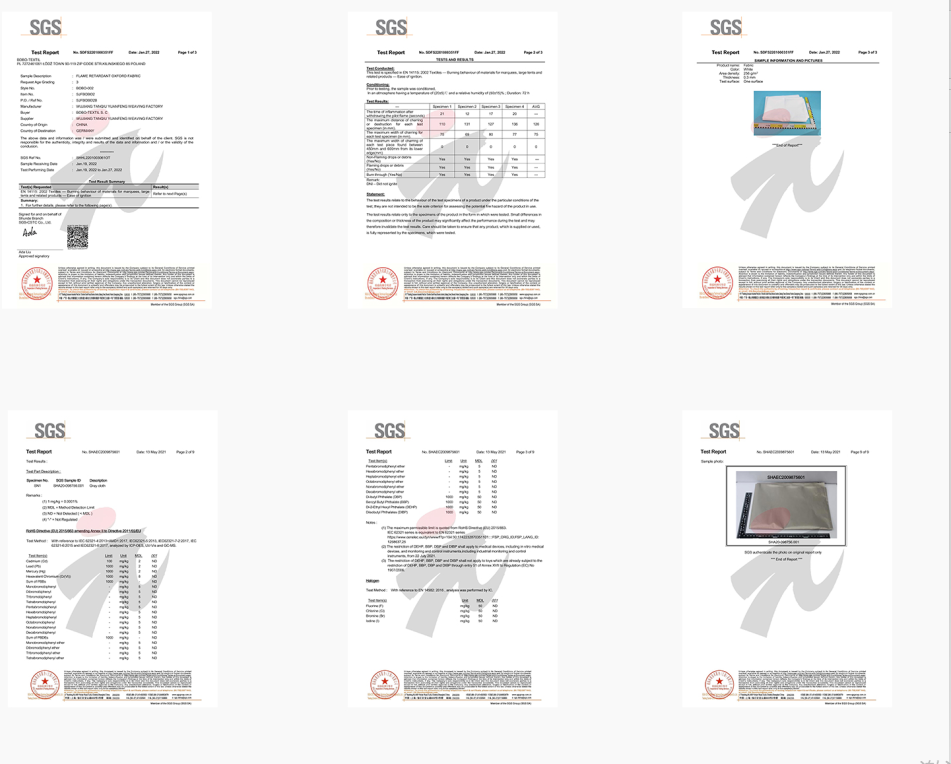
3.2 Production Capacity and Lead Time
Evaluate the production capacity of the fabric factory and its ability to meet your project’s requirements. Consider factors such as minimum order quantities, lead times, and the factory’s ability to scale production if needed. Timely delivery is crucial for meeting project deadlines.
3.3 Customization Options
If you require customized fabrics or specific design elements, check if the fabric factory offers customization options. Some factories may have limitations on customization, while others specialize in catering to unique requirements. Clarify your customization needs before making a decision.
3.4 Cost and Pricing
Cost is an important consideration for any project. Request detailed pricing information from the fabric factories you are considering. Compare the prices along with the quality and customization options offered. Be cautious of overly cheap options, as they may compromise on quality.
3.5 Communication and Language Proficiency
Effective communication is crucial when working with fabric factories in China. Assess the language proficiency of the factory’s representatives and their responsiveness to inquiries. Clear communication ensures that your project requirements are understood and implemented accurately.
4. Researching Fabric Factories in China
To find reliable fabric factories in China, thorough research is essential. Here are some effective strategies for conducting your research:
4.1 Online Directories and Trade Platforms
Online directories and trade platforms such as Alibaba, GlobalSources, and Made-in-China provide extensive lists of fabric factories in China. Utilize search filters and read through company profiles to shortlist potential suppliers.
4.2 Referrals and Recommendations
Seek referrals and recommendations from industry professionals or colleagues who have worked with fabric factories in China. Their firsthand experiences and insights can guide you towards reliable suppliers.
4.3 Trade Shows and Exhibitions
Attending trade shows and exhibitions related to the textile industry is an excellent way to connect with fabric manufacturers. These events provide opportunities to meet suppliers in person, examine fabric samples, and establish personal relationships.
4.4 Evaluating Supplier Websites and Portfolios
Thoroughly evaluate the websites and portfolios of potential fabric factories. Look for information about their production capabilities, client testimonials, and examples of their previous work. This will give you an idea of their expertise and the types of fabrics they specialize in.
5. Verifying Supplier Reliability and Credibility
Once you have shortlisted fabric factories, it’s crucial to verify their reliability and credibility. Here are some steps you can take:
5.1 Background Checks and Legal Compliance
Conduct background checks to ensure that the fabric factories have a good reputation and are legally compliant. Look for any negative reviews or reports of unethical practices. Check if they comply with labor and environmental regulations.
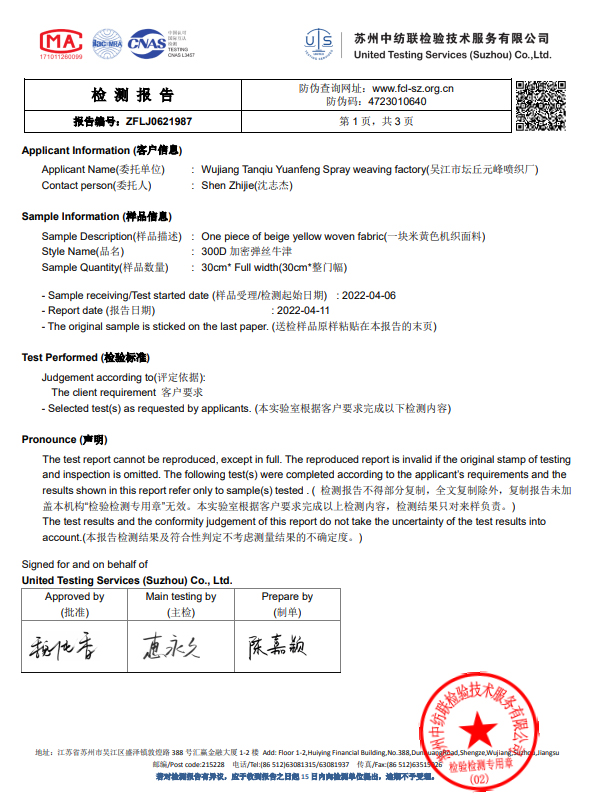
5.2 Requesting Samples and Test Reports
Request fabric samples from the shortlisted factories to evaluate their quality. Additionally, ask for relevant test reports, such as fabric composition and performance tests. These reports will provide you with objective information about the fabrics’ characteristics.
5.3 Conducting Factory Visits or Audits
Consider visiting the fabric factories in person or arranging for third-party audits. This allows you to assess their production facilities, quality control measures, and working conditions. A factory visit or audit provides valuable insights into their overall operations.
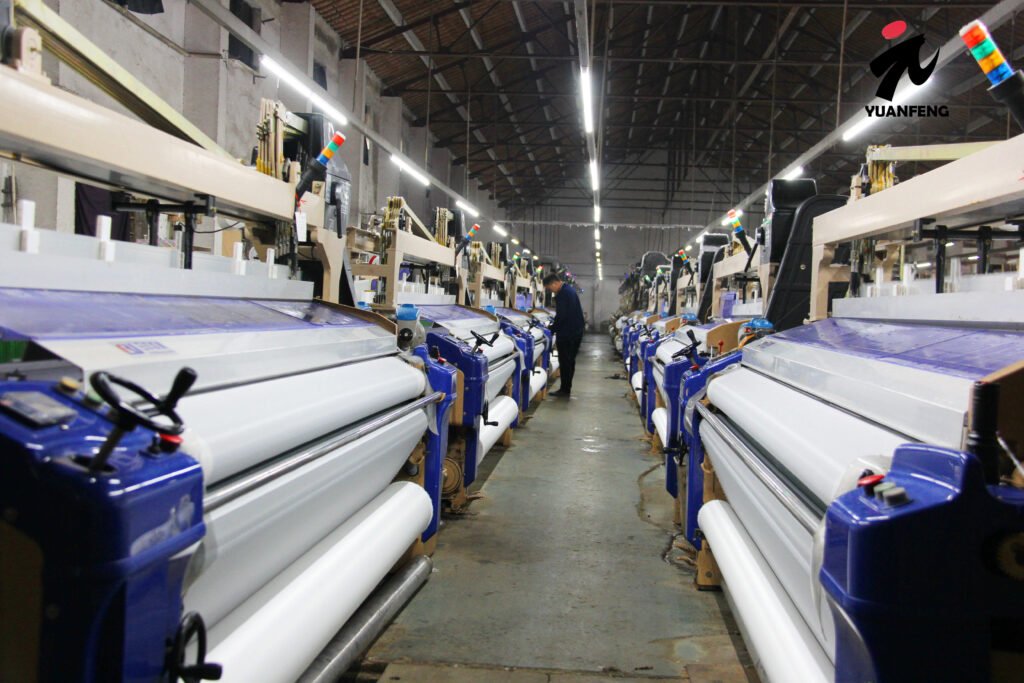
6. Real Customer Feedback: Ensuring Quality and Reliability
To ensure the quality and reliability of a fabric factory, seek real customer feedback. Look for reviews, testimonials, or case studies from other clients who have worked with the fabric factory. Their experiences will give you a better understanding of the factory’s strengths and potential limitations.
7. Finalizing Your Fabric Factory Selection
After conducting thorough research and verifying supplier reliability, it’s time to finalize your fabric factory selection

